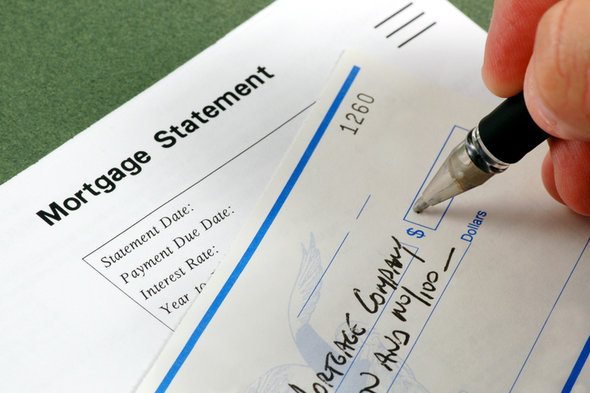9 Easy Steps in The Escrow Closing Process
Many people only have to deal with escrows and escrow accounts a few times in their lives because they only really come up during the process of purchasing a new home. The escrow process can also be known as the “closing,” because this is the time that the seller of the home has agreed to the buyers purchasing offer. This process can be quite lengthy sometimes as certain conditions must be met. To keep that from happening there are escrow agents who help buyers get through the process more easily. They act as a third party holding all money until conditions have been met, while also serving as a guide for the buyers throughout the process. These third parties could be a real estate title company, an escrow agent, or an attorney’s office. Here’s how the closing process all goes down:
1. The first step is simply opening up an escrow account. The company from which you open your escrow account with is your official third party in the closing process.
2. The next step in the process is to await the bank’s appraisal. The bank providing the mortgage for the home does its own check to protect themselves from any financial trauma that may arise in the case of a foreclosure.
3. The next thing that must happen is getting a good faith estimate from your lender. This good faith estimate shows all the costs, including loan amount and the interest rate on the loan. These costs are necessary so that the lender and buyer both have a set place to look when trying to find exact costs.
4. Once all of the costs are recorded, the next step is doing proper home inspections. There are many different kinds of home inspections and they are all not required after the purchase of a home, but they are highly recommended. Many homes have clear and evident problems that need inspections due to health and safety reasons, but other homes have problems that may be a lot harder to find with just the average eye.
5. After all of the dreaded home inspections, the next step is to get homeowners insurance. All home buyers are responsible for having homeowners insurance until their house is officially paid off. Homeowners insurance helps cover losses and damages to an individual’s house.
6. The next step in the process is to acquire the title report. The title report clearly shows that no one else but the seller and the buyer have any claim to the property.
7. A final walk through of the property is always recommended before closing the deal. Doing so allows you to make sure no new damage has happened to the property. It also allows you to see if the seller has left agreed upon appliances and other purchase agreements.
8. A day or two before the final closing you will receive a Hud-1 form. A Hud-1 form is the final statement of the loan agreement and the costs of the property. It is prepared by one's escrow agent as it has all the real estate transactions of the agreement.
9. Once you've finally done all of these things, you're ready to officially close escrow. In this final step of the process, there is going to be a lot of paperwork that will need to be signed. Once all of the paperwork is signed, the escrow agent puts together a new deed of the property naming the buyer the official homeowner. Once the deed is written, it is sent off and recorded in the county.










